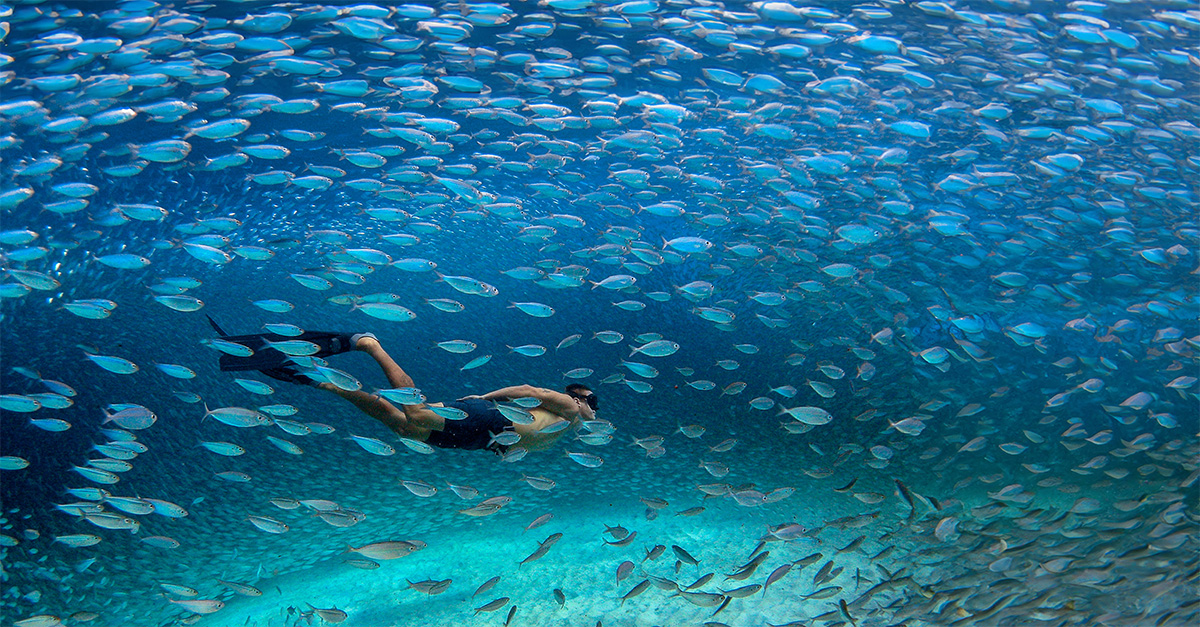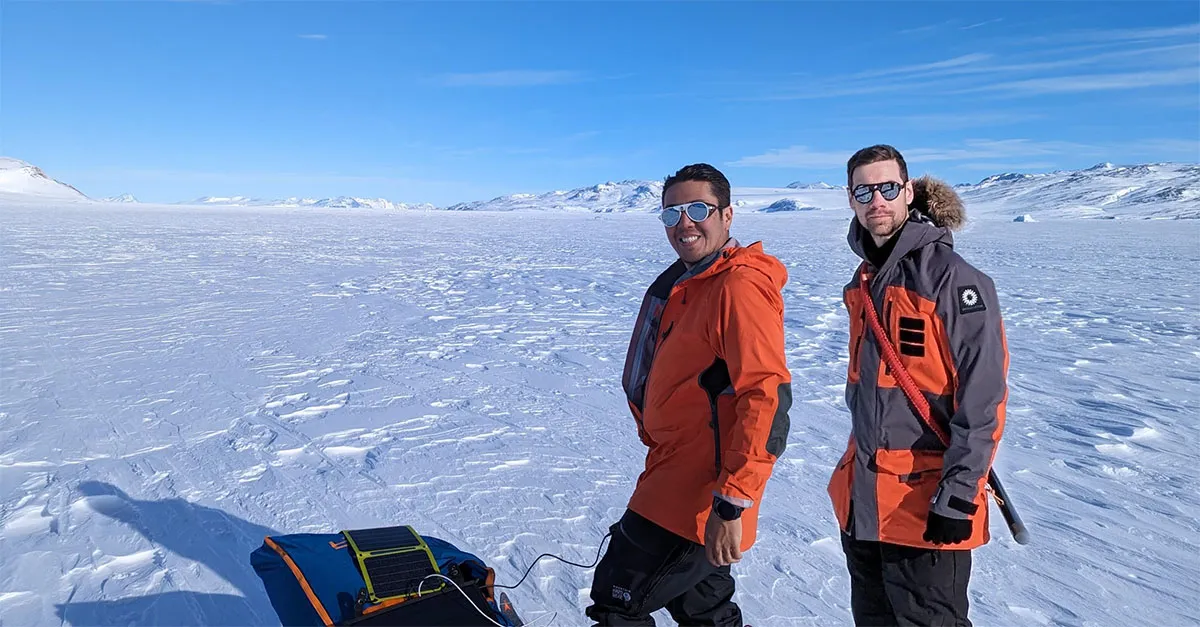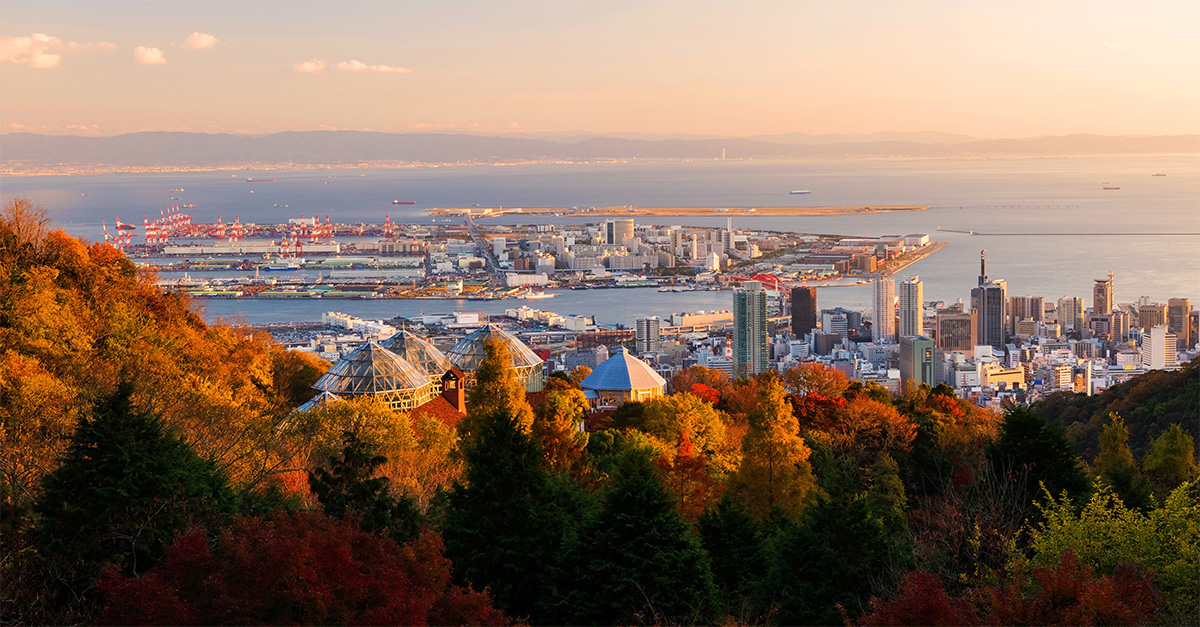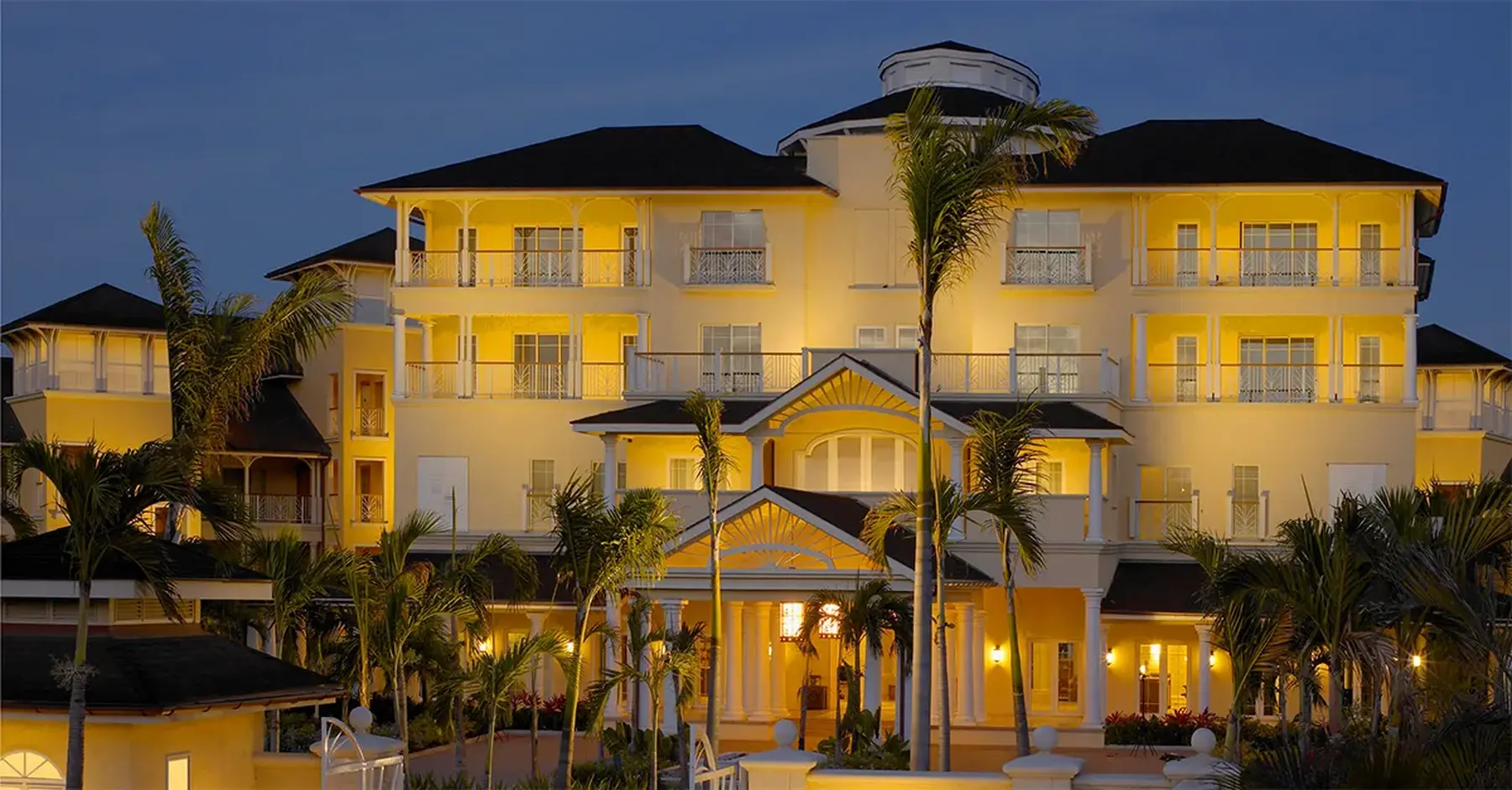You are viewing 1 of your 2 free articles
Exploring Aruba, Bonaire and Curaçao by cruise
Aruba, Bonaire and Curaçao are ideal for small-ship sailings that take travellers above and below the water
Towering cacti may not be the first thing that come to mind when you think of the Caribbean, but that’s just one of the ways Aruba, Bonaire and Curaçao – or the ABC islands for short – differ from the typical pictures on Caribbean postcards. This trio of islands off the Venezuelan coast lies outside the hurricane belt, meaning a dry and sunny climate prevails.
Driving in Aruba, sailing around Bonaire or walking in Curaçao reveal an arid landscape peppered with huge cacti – some standing higher than the houses. In the main cities, the islands’ distinctly Dutch heritage is visible; rainbow-coloured buildings look as if they are plucked straight from Amsterdam’s canal-sides, while pancake houses serve delicacies including poffertjes (small pancakes) and bitterballen (meatballs).
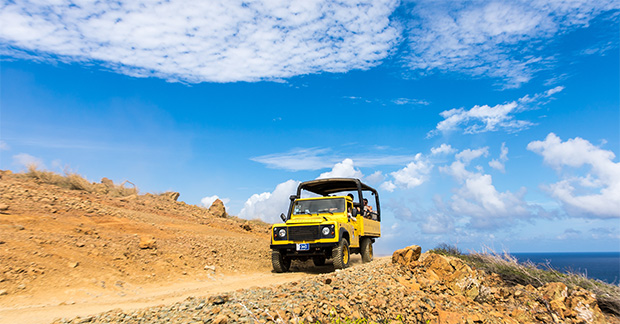
There’s even more evidence of the ABC isles’ unique story in their Creole language Papiamento, which draws on five European languages and has two dialects spoken across the islands. Well-known phrases include ‘bon bini’ Snorkelling off Bonaire (‘welcome’) and ‘dushi’ (meaning ‘sweet’ or ‘sweetheart’).
Although still offering rum cocktails, swaying palms and soft sands in spades, it seems as if there’s a different side of the Caribbean to experience here.
We call at each of the three islands on Azamara’s 10-night CEO Loyalty Panama Canal Voyage – a rare treat, given most lines sailing the region do not stop at all three on the same itinerary.
Azamara prides itself on ‘destination immersion’, so the 690-passenger Azamara Journey stays in the ports of Oranjestad (Aruba), Kralendijk (Bonaire) and Willemstad (Curaçao) until 10pm. This offers passengers the chance to take advantage of excursions ranging from submarine trips to cultural adventures – while having ample time to explore independently.
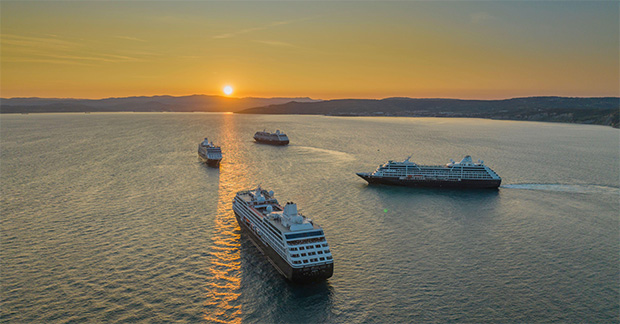
Adventure in Aruba
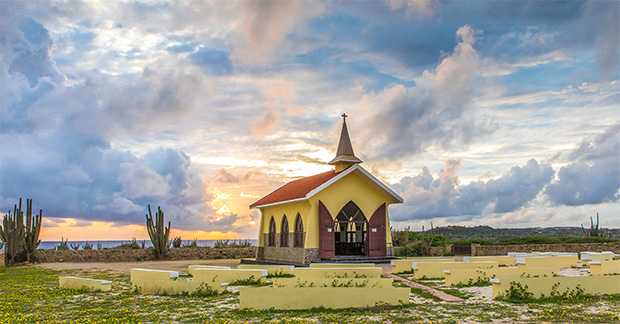
From Oranjestad, a bumpy off-road adventure in a bright-yellow 4×4 offers an introduction to Aruba, from rugged coral limestone sea arches to the Alto Vista chapel (pictured above) – where churches have stood since 1750 – and scenic California Lighthouse lookout point.
Yet the highlight comes at the end of the excursion, when we reach Arashi Beach just as the sun begins to set, sending blazing orange and red light searing across the white sand and the reed umbrellas scattered along the shore. Its smooth slope leads into gentle waves that feel like dipping your toes into a warm bath, meaning that even in a region renowned for its beaches, it would be hard to find a more spectacular sight.
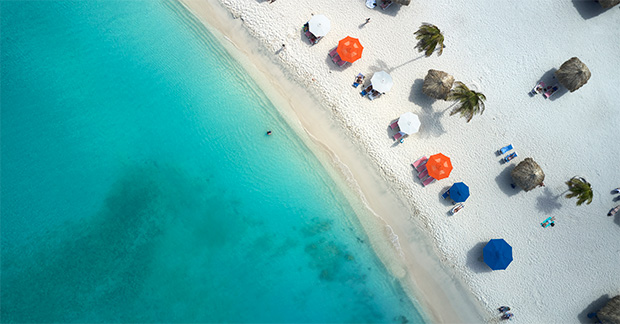
Snorkelling on Klein Bonaire
I didn’t think that experience could be topped, until I went snorkelling in Bonaire. To reach our chosen spot, we are transferred to the red-sailed Samur, a quirky vessel styled on east Asian junk boats. The captain explains that the Samur was originally commissioned by a retired CIA operative in 1968 and, after a storied career, was sold on and ended up in Bonaire.
A peaceful half-hour journey takes us to the uninhabited island of Klein Bonaire, which is surrounded by the gnarly reefs of the Bonaire Marine National Park. We are given the option to drift snorkel, using the current to carry us along the reefs, or snorkel straight from the beach – and indecisive types can switch from one to the other via a small Zodiac. This key selling point means first-timers can choose a depth they feel comfortable in, while confident swimmers can see more of the underwater world as the current sweeps them along.
Both methods allow me to revel in intricately shaped corals and exotic shoals of fish, including blue tangs made famous by Dory in the Finding Nemo films. Even being stung by a small jellyfish can’t dampen my spirits – and thankfully, the crew are well prepared with a soothing vinegar-based remedy.
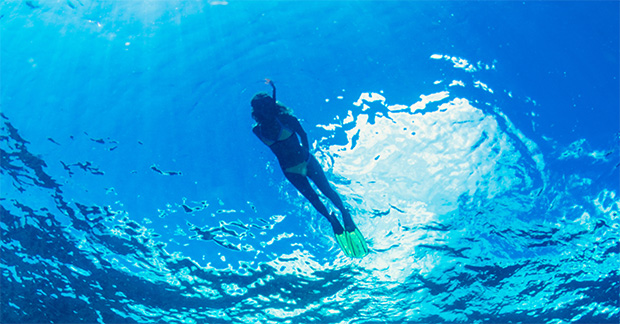
Curaçao caves and capital
On neighbouring Curaçao, the largest of the ABCs, I opt to go deeper on land rather than at sea with a coach tour to the Hato Caves. This ancient network is 60m above sea level and once served as a sanctuary for runaway slaves, as it sits opposite the site of a notorious plantation, now the location for Curaçao’s airport.
Today, the caves’ only inhabitants are hundreds of long-tongued fruit bats, which can be seen fluttering around and nesting in the roof. Their home is made even eerier by the fact that little light is allowed in, to protect the rocks from corrosive algae growth.
The dark caves contrast well with the next leg of the shore excursion: a walk around Curaçao’s vibrant capital, Willemstad. We start in the Santa Maria area, which has one of the oldest and largest synagogues in the Americas, built in 1732 for the Sephardic Jews who settled on the island. Our next stop is the floating market – filled with local food as well as Venezuelan produce – and the old harbour with its candy-coloured buildings.
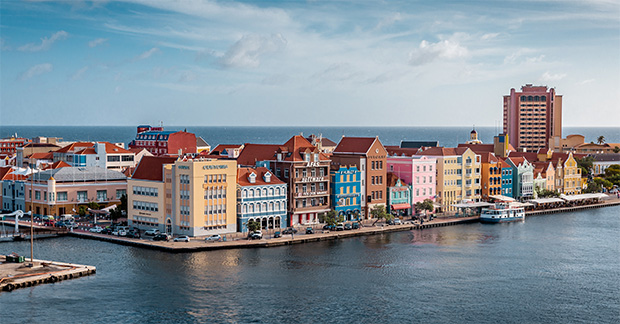
Our guide, Siegfried, tells us he used to be in the island’s special forces and proudly shows off laminated old pictures of each location, including a picture of himself at the ceremony unveiling Curaçao’s flag in 1984.
He explains that despite the rainy day, it was a proud moment and one the island commemorates each July.
There’s far more to the ABC islands than I ever knew, with enough culture, history and nature to charm even repeat Caribbean visitors time and again. At the end of our exploration of Curaçao, Siegfried extends an invitation to return: “We are here with our arms wide open to welcome you.” I hope, one day, to take him up on that.
Book it
Azamara’s Azamara Quest will sail a similar 11-night Caribbean Quest cruise departing Panama City on March 15, 2026. Prices start at £2,549 per person including drinks, gratuities and laundry, but excluding flights.
azamara.com
Ship review: Azamara Journey
Azamara Journey can accommodate 694 passengers and has a petite pool, spa and reading room. Main restaurant Discoveries offers formal dining with a regularly changing eclectic menu. On some sea days, it serves brunch accompanied by live jazz. Casual-dining venue Windows Cafe offers a breakfast, lunch and dinner buffet, with a terrace at the aft. Themed menus highlight French, Italian and Greek cuisines, to name but a few, while local dishes such as jerk pork are also served at lunch.
The two speciality restaurants – Prime C steakhouse and Aqualina for Italian cuisine – require a reservation and cost extra. For foodies, offer the ‘three-table tour’, which includes three dinners across the two restaurants for $120, or recommend the chef’s table experience.
The ship also hosts daily live music; on this voyage, St Kitts band Vibz performed at the sailaway party and there was jazz piano most nights in the Den. The Cabaret Lounge offers musical theatre evenings, there are Abba tribute shows and karaoke nights in the Living Room and Destination Immersion nights feature performances by local artists.
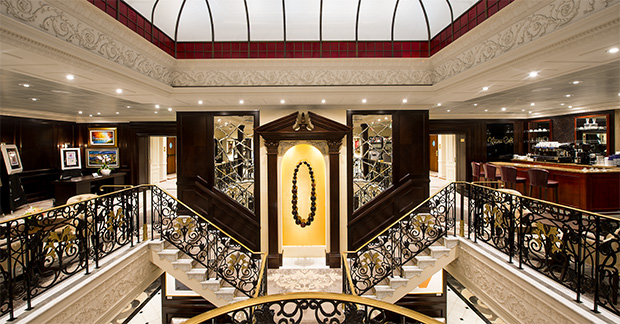
PICTURES: Lorenzo Mittiga/Bonaire Tourism Board; Aruba Tourist Board/Davide Camesasca; Azamara Cruises; Kanstantsin Karatysheuski; Lorenzo Mittiga; Michel Verdure

